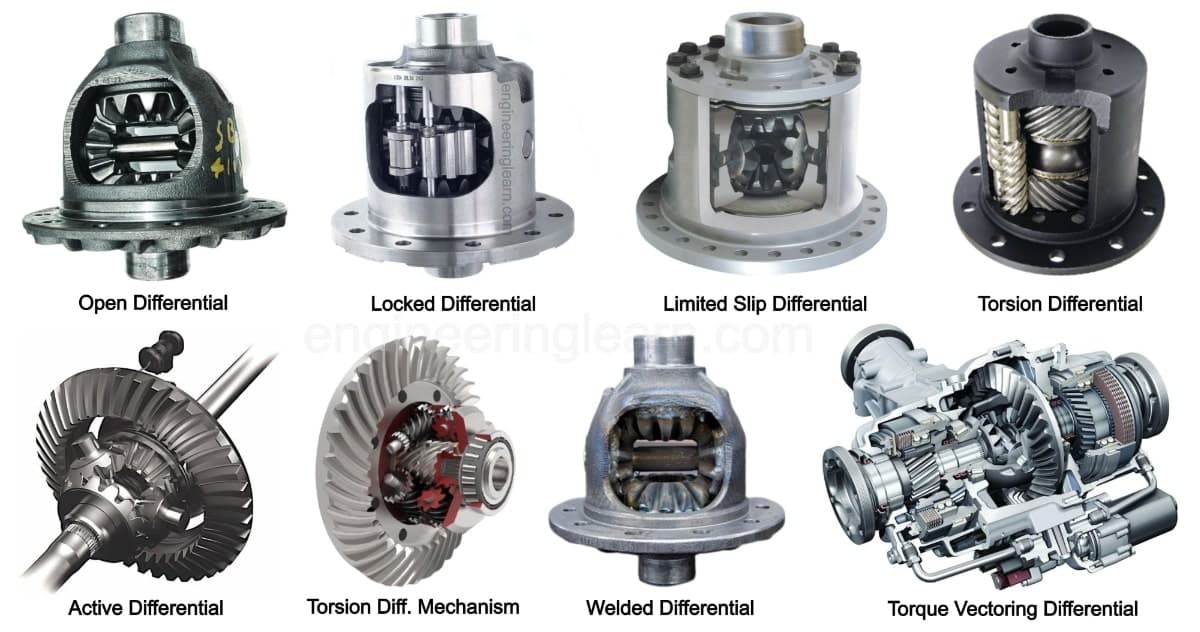Driving a car is intricately akin to conducting an orchestra. Each component plays its unique role, yet it’s the harmony they produce together that creates a smooth, melodic experience on the road. Among the myriad of parts that contribute to this symphony, the differential functions like a deft conductor, guiding the flow of power from the engine to the wheels while ensuring that each note resonates perfectly during a turn. But what exactly does a differential do in a car? Let’s delve deeper into the mechanics and marvels of this pivotal component.
At its core, the differential is a gear train that allows the wheels to turn at different speeds, which is essential during cornering. Imagine trying to navigate a sharp bend: the outer wheels cover a longer distance than the inner wheels. Without the differential, both wheels would turn at the same rate, resulting in tire scrubbing and an unenjoyable driving experience. Instead, the differential allows the outside wheel to travel farther and faster than the inside wheel—transforming a chaotic struggle into a seamless glide.
The differential doesn’t merely serve this function alone; it encapsulates various types, each engineered for distinct driving conditions and performance needs. The most common type found in standard vehicles is the open differential. This design efficiently divides torque between the two wheels, yet it has its limitations. For instance, if one wheel encounters a slippery surface, such as ice or mud, the differential will direct more power to the spinning wheel, leaving the other wheel with insufficient grip. This is akin to a rudderless ship; it may be excellent on calm waters but falters in turbulent seas.
To tackle the challenges of traction, manufacturers have devised more specialized differentials such as limited-slip differentials (LSD). Picture a duo of dancers performing a duet; when one partner tries to lead with exuberance, the other might resist, causing disarray. Limited-slip differentials employ a mechanism that enables some power transfer to the wheel with better traction, facilitating a more unified performance. This enhancement translates into improved acceleration and handling, especially on curvy roads or uneven terrain.
For thrill-seekers, performance-oriented vehicles often utilize locking differentials. These systems lock the wheels together when the vehicle encounters extreme conditions, ensuring that both wheels turn at the same speed. It’s akin to coiling a spring taut, preparing for explosive acceleration, especially in off-road conditions or when navigating steep inclines. However, while locking differentials enhance traction on challenging surfaces, they may not be ideal for everyday driving on asphalt, as they can cause increased tire wear and a jarring ride when cornering.
Then we have the technological marvel known as the torque-vectoring differential. Think of this as an advanced conductor who responds to each note in real-time, adjusting the tempo and volume based on the rhythm of the performance. This system distributes torque variably between wheels, optimizing traction and stability in real-time. Whether it’s during a sudden swerve to avoid an obstacle or ascending a precarious incline, torque-vectoring differentials adapt, providing an exhilarating driving experience, often found in high-performance and luxury vehicles.
Another intriguing aspect of the differential is its relationship with the vehicle’s drivetrain. The drivetrain is the network of components that transmits power from the engine to the wheels. Imagine it as a river flowing smoothly through a landscape—that waterfall being the engine, and the tributaries representing various components like the transmission and differential. Each component must harmonize to avoid bottlenecks that can impede performance. If one aspect falters, the entire flow of power becomes disrupted. Thus, the health of the differential directly influences the overall efficacy of your vehicle’s performance.
Furthermore, understanding the maintenance of the differential is paramount for any vehicle owner. Like the secrets of a seasoned musician, the whispers of wear and tear often go unnoticed until it’s too late. Regular inspections and fluid changes can prevent the buildup of contaminants that lead to friction and overheating. Listening for unusual noises or a change in handling can serve as early warning signs. Proactive maintenance is akin to rehearsing before a performance; it ensures that when the curtain rises, everything runs smoothly.
So, next time you transition into a turn, take a moment to appreciate the unsung hero that is the differential. It operates silently yet diligently, weaving the fabric of your driving experience. Just like the conductor of an orchestra, the differential ensures that each part of the car works in unison, delivering a ride that is not only functional but pleasurable. It is this intricate dance of mechanics that makes driving an art form, and the differential, a pivotal player in this sonnet of speed and precision.
In sum, the differential represents a remarkable confluence of engineering and innovation, capturing the essence of automotive progress. Each type serves a unique purpose, catering to different driving conditions and preferences. Whether you glide through city streets or conquer off-road trails, the differential remains a cornerstone of modern automotive design, ensuring every journey is a harmonious blend of power, performance, and elegance.
